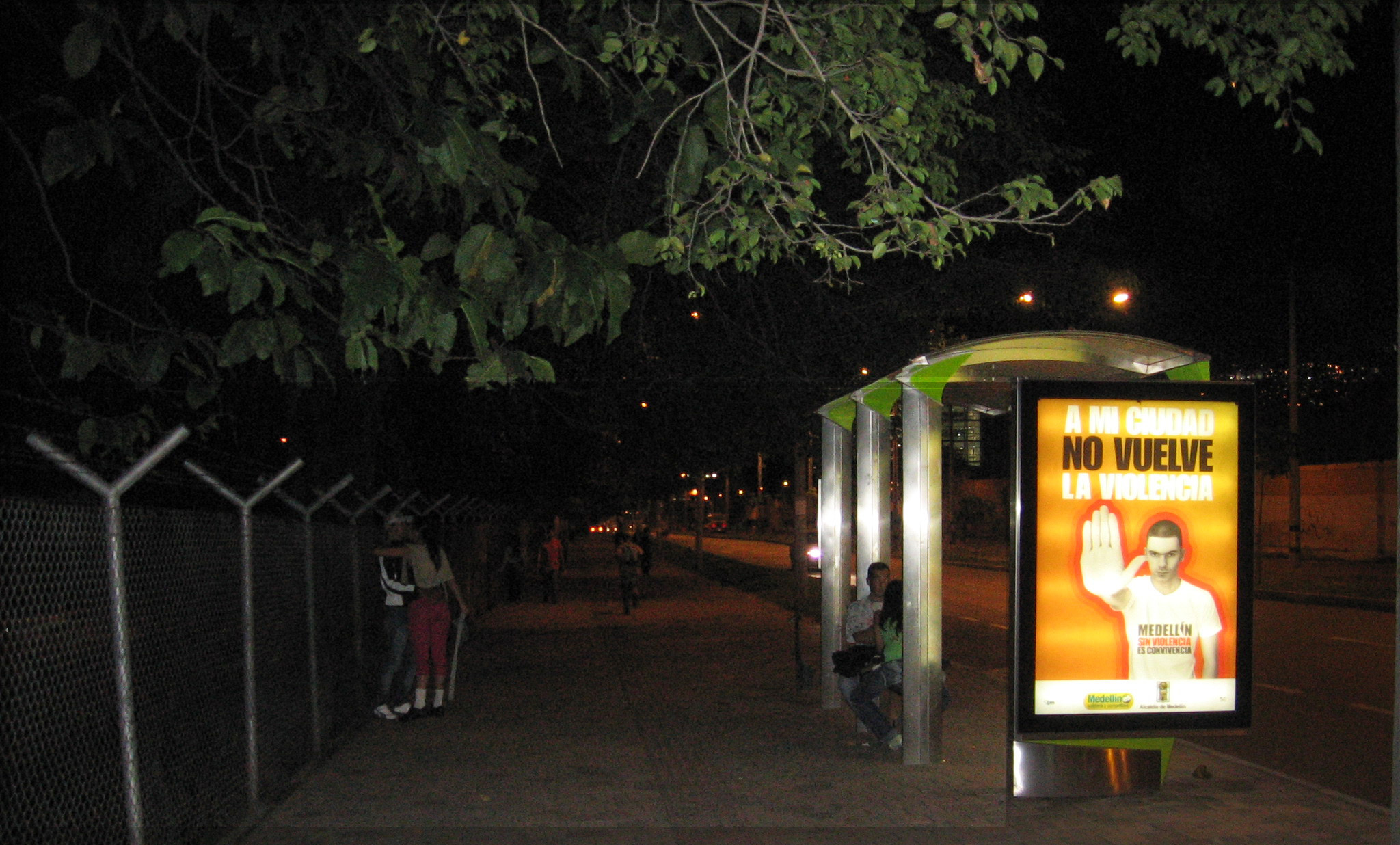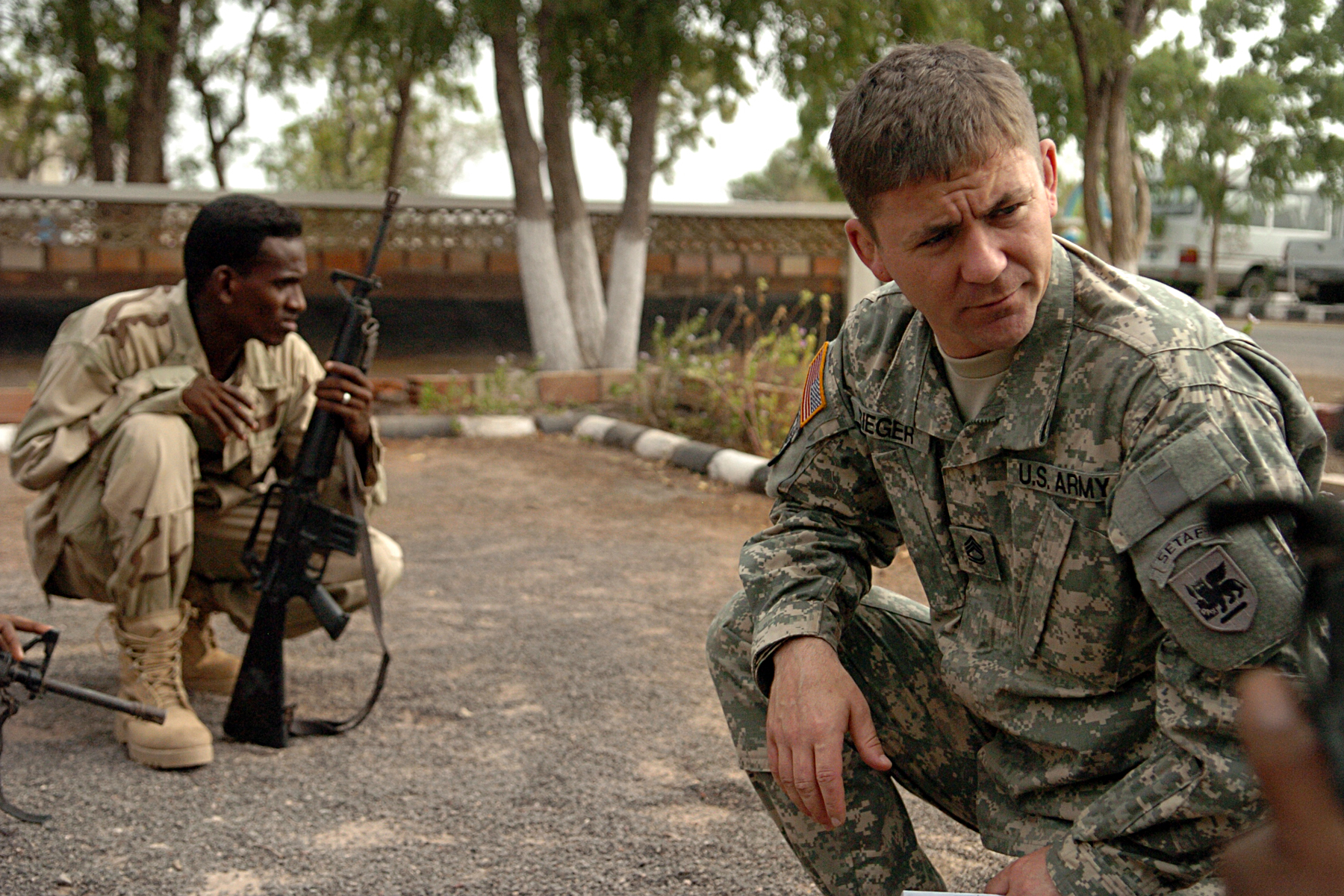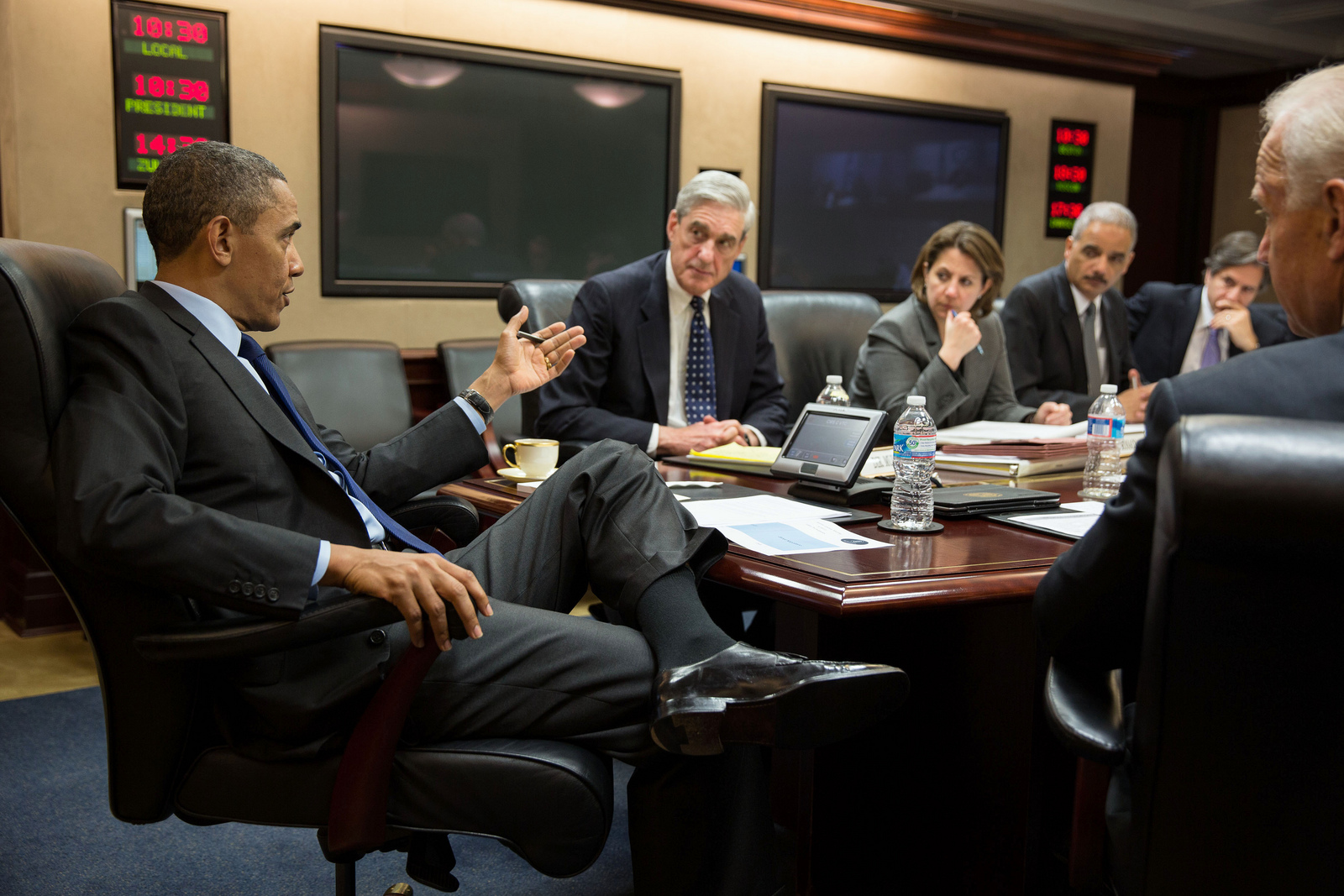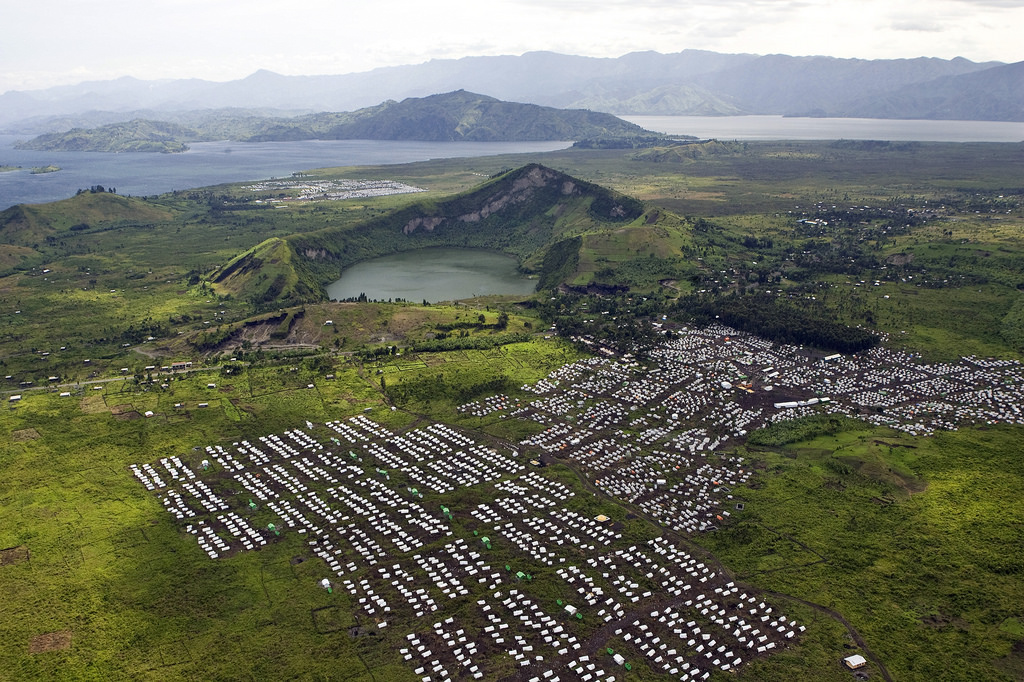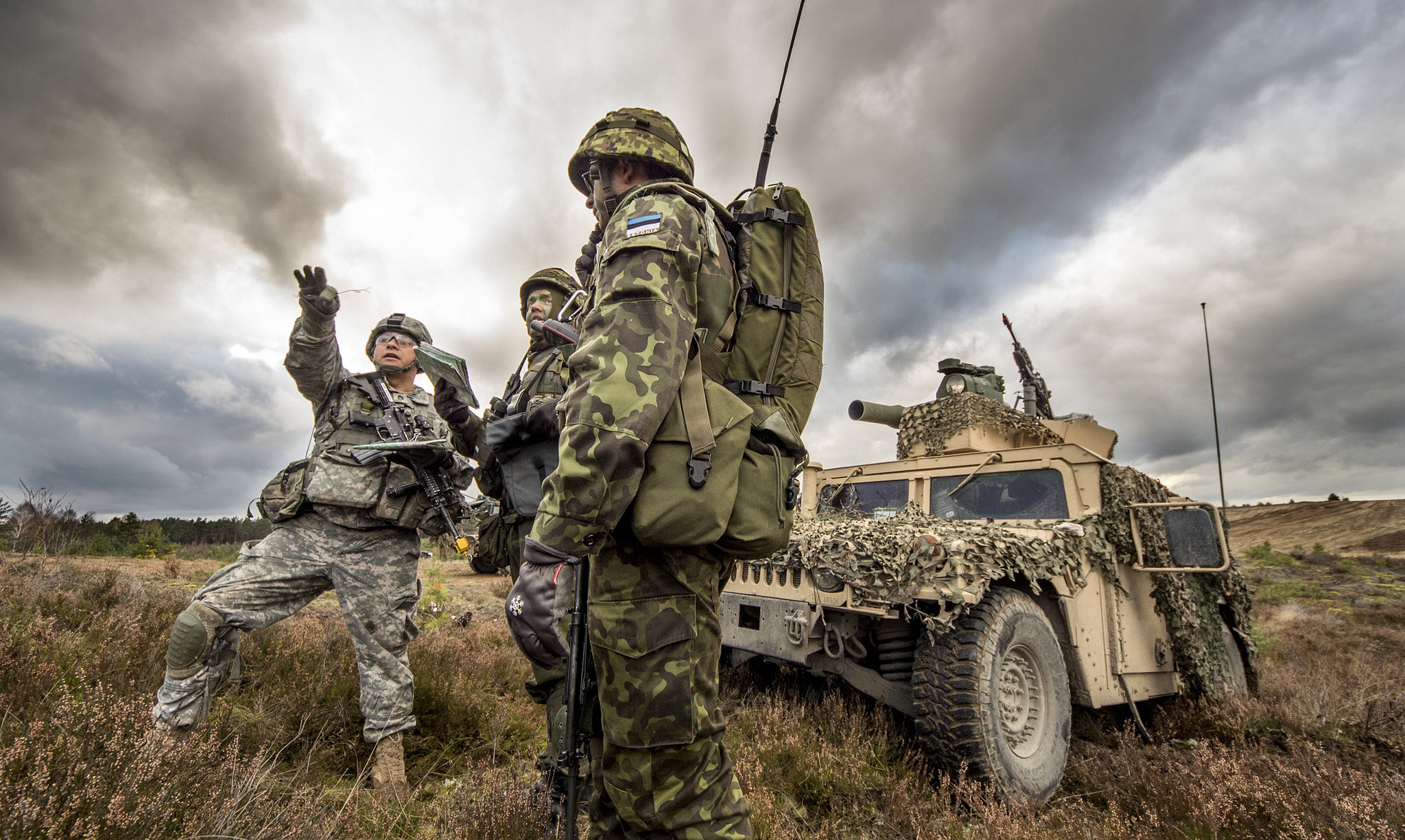Guest post by Kristine Höglund, Emma Elfversson, and Ivan Gusic
More than half of the global population lives in urban areas; by 2050, it is projected that nearly 70 percent will. In a rapidly urbanizing world, cities are an ever more central arena for political contestation, as seen in the wave of urban protests in 2019, and the urban nature of the wars in Syria and Ukraine.
Many of the cities currently engulfed in unrest are postwar cities—they are emerging from war and (ostensibly) transitioning to peace. Yet despite the formal end of war, high levels of violent protest, criminal violence, and gendered insecurity remain—in cities from Beirut, to Medellín, and Monrovia. These cities are dangerous to live in, and can, at their worst, become flashpoints for renewed armed conflict.
Postwar cities face a number of challenges. Patterns of violence tend to shift after war: clashes between armed, organized actors wane while those between fluid, loosely organized groups increase; politically-driven violence becomes criminal or economically-motivated coercion; and overt contestation over the political system morphs into structural forms of violence, such as systematic deprivation of political and economic influence and rights to certain groups. In many postwar cities, different forms of violence coexist, making efforts to address them challenging.
Managing and preventing violence in postwar cities first requires carefully negotiated peace settlements. How wars end matter, and changed dispensations of power may give rise to new forms of urban violence. A cross-national study, for example, shows that the risk of violent unrest is significantly higher when the government has been defeated, compared to instances when civil war is concluded by a peace agreement. The way a conflict ends may also influence the incentives (or disincentives) for armed actors to transform into urban gangs.
Though cities tend to play central roles in national- and regional-level peace processes, efforts to promote peace in volatile urban settings are rarely uniformly accepted by urban constituents. The contested nature of postwar cities creates legitimacy problems and potentially violent resistance. For instance, locally-mediated peace agreements helped to reduce violence in postwar San Salvador, but a lack of transparency and exclusion of some urban constituencies severely undermined and ultimately brought down these agreements.
Preventing renewed violence in postwar cities also requires savvy urban management and planning that takes postwar transformations into account and counteracts the entrenchment of polarization, marginalization, and gang rule. Postwar cities are (re)built and (re)constructed in a politically contested context where decisions about streets, buildings, and public spaces can have unexpected consequences.
There are many ways that the physical features of urban space can contribute to violence and insecurity. In the context of peacekeeping in Mogadishu, intimate knowledge of the urban terrain has given militant groups an advantage over peacekeepers and kept the conflict simmering. In Belfast and San Salvador, residential segregation and spatial insularity generate continued economic marginalization, undermine peace processes, and distribute the peace dividend unevenly. Centers of economic activity, such as shopping malls, business areas, and hotels, can become high-risk areas as shown in Johannesburg. In Medellín in Colombia, the architecture and layout of different urban neighborhoods determine where conflict-related violence turns into criminal violence. The built environment can also play symbolic functions by upholding division. Ruined buildings, such as an abandoned retirement home in Bihac (Bosnia-Herzegovina), can become symbols for emotional and socioeconomic loss and constant reminders of wartime divisions.
Transforming cities from centers of conflict to well-functioning, safe urban sites is critical for securing the transition from war to peace in conflict-ravaged societies. Cities are drivers of social and economic development and can become incubators of coexistence and mutual tolerance. Everyday interactions across communities can offer opportunities to move towards reconciliation. In Mitrovica, Kosovo, for example, people meet and transcend differences in shops and on the streets. While tensions still exist between Mitrovica’s Albanian and Serb inhabitants, urban space provides opportunities for connection and can lead people to return to a shared existence.
In Belfast, progressive local policies and investment in poor communities have helped to remedy spatially concentrated conflict-related violence. With raised living standards, communities are better able to resist paramilitaries. Deliberate efforts can, thus, transform segregated and socio-economically excluded city spaces into self-sufficient communities that reconnect with the rest of the city.
Peace is impossible without peaceful cities. Though cities often become sticking points in broader peace processes, they also hold promise for becoming drivers of postwar development and arenas for intergroup connection and cosmopolitanism. Understanding how urban particularities—including the built environment and physical planning of cities—affect incentives and forms of postwar violence is, therefore, a critical task for policymakers engaged in conflict management.
Kristine Höglund is a Professor at the Department of Peace and Conflict Research, Uppsala University. Emma Elfversson is a postdoctoral researcher at the Department of Peace and Conflict Research, Uppsala University. Ivan Gusic is a postdoctoral researcher at the Department of Political Science, Lund University.

